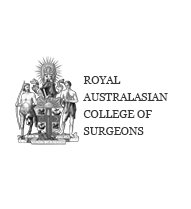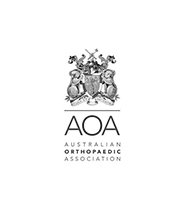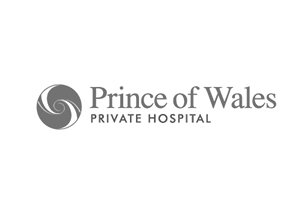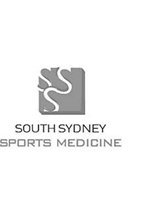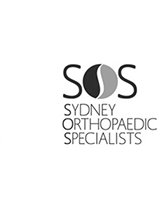Olecranon (Elbow) Fractures
Three bones, humerus, radius and ulna make up the elbow joint. The bones are held together by ligaments thus providing stability to the joint. Muscles and tendons around the bones coordinate the movements and help in performing various activities. Elbow fractures may occur from trauma resulting from a variety of reasons, some of them being a fall on an outstretched arm, a direct blow to the elbow, or an abnormal twist to the joint beyond its functional limit.
Olecranon fractures: These are fractures occurring at bony prominence of the ulna. The fractures, if stable, are treated using an immobilizing splint followed by a regimen of motion exercises. Displaced fractures may require surgical repair.
Symptoms of an olecranon fracture include pain, swelling and bruising around the elbow. There is usually loss of function and deformity of the elbow.
To diagnose olecranon fractures X-rays of the joint are taken. In some cases, a CT scan may be needed to better define the fracture pattern.
The aim of the treatment is to restore a pain-free joint with as much of the original movement as possible. Early motion, where possible, helps reduce the risk of stiffness. Nonsurgical treatment options include use of a splint or a sling to immobilize the elbow during the healing process. Surgery may be indicated in displaced and open fractures to realign the joint surface and stabilize the fractures. Olecranon fractures can occur in combination with other elbow fractures and elbow ligament injuries. Complications from olecranon fractures +/- surgery include:
- stiffness that can be permanent. Rarely, severe stiffness can require further surgery to restore functional movement
- infection/ wound healing issues
- persistent pain
- arthritis
- nerve injuries are rare.
If metal hardware (plates, screws or pins) were used to fix the olecranon fracture, these generally require later removal due to irritation while resting the elbow on chairs or desks. This is generally performed 6-12 months after insertion.

